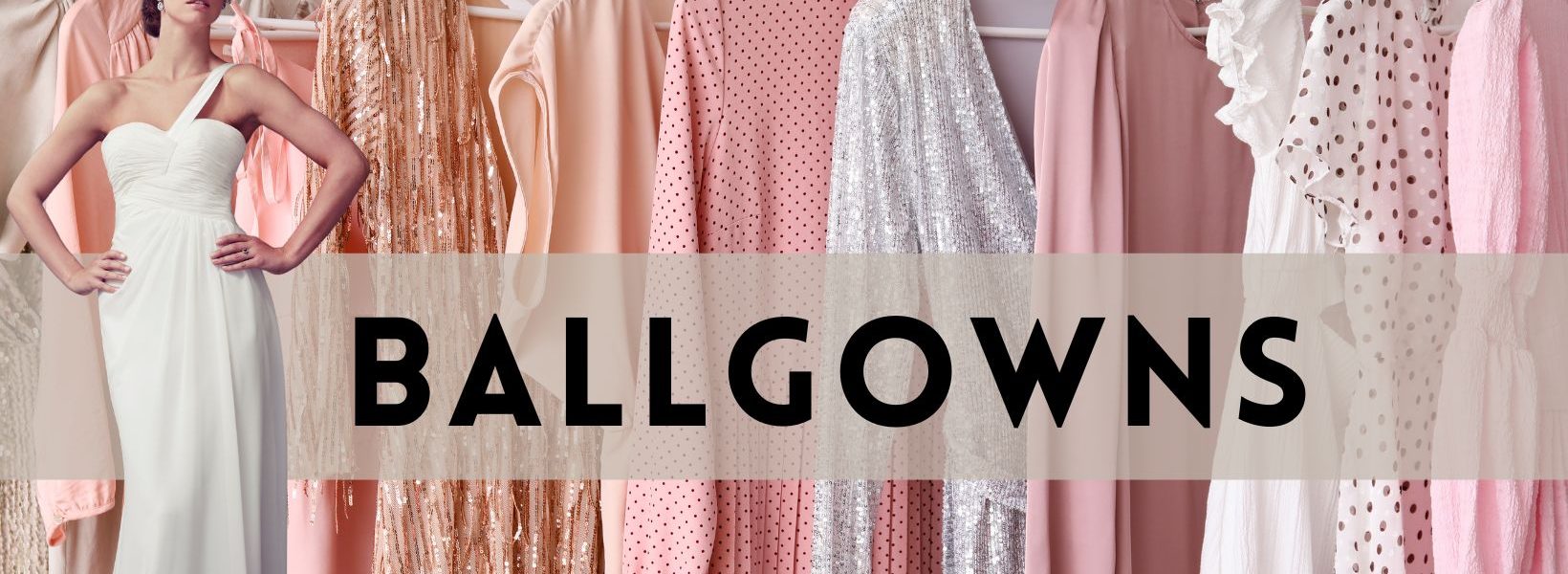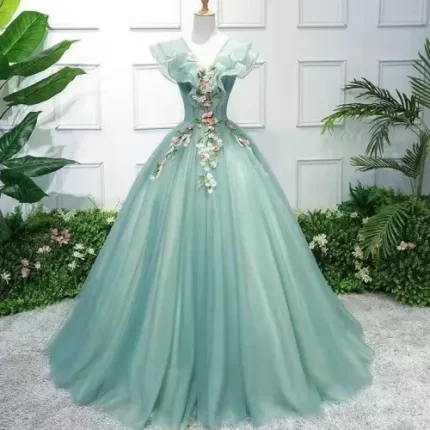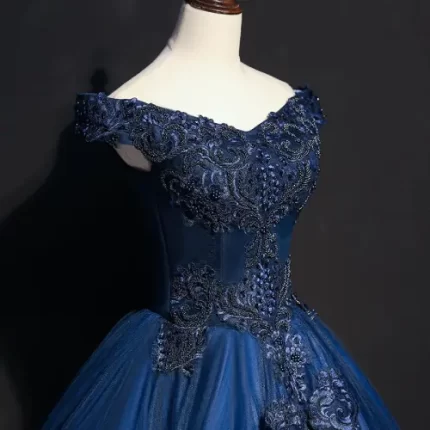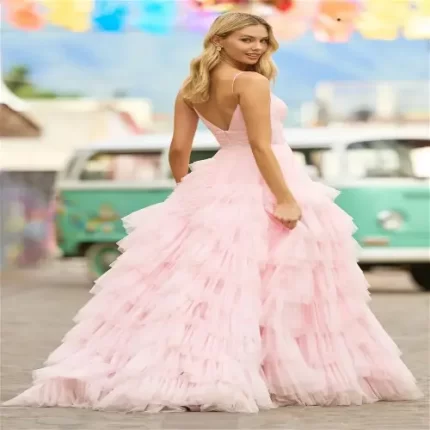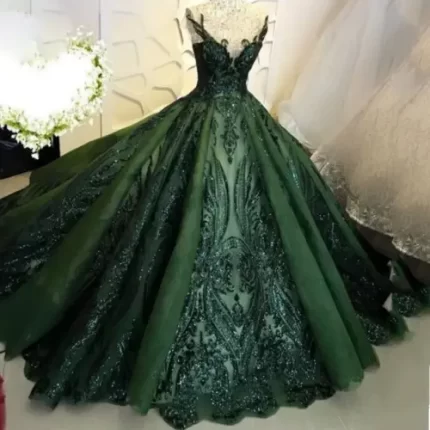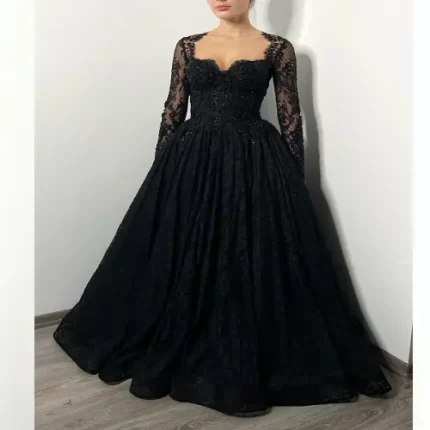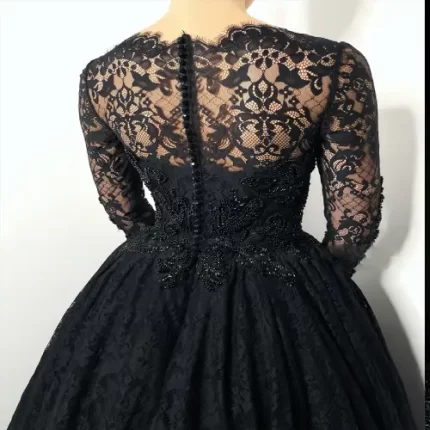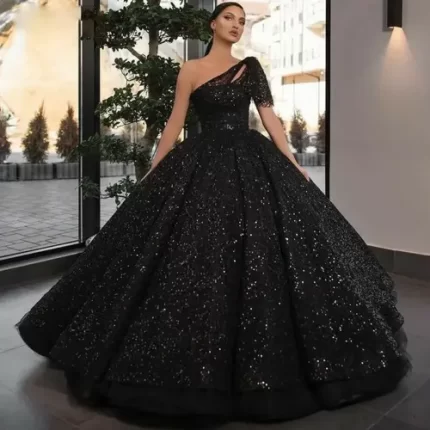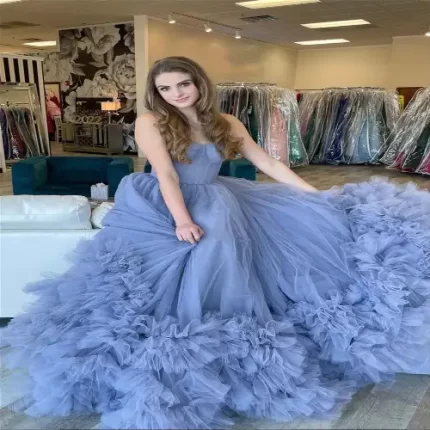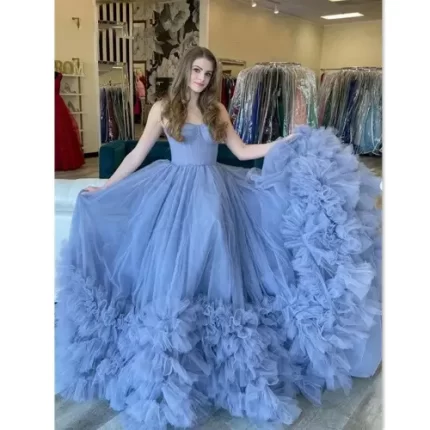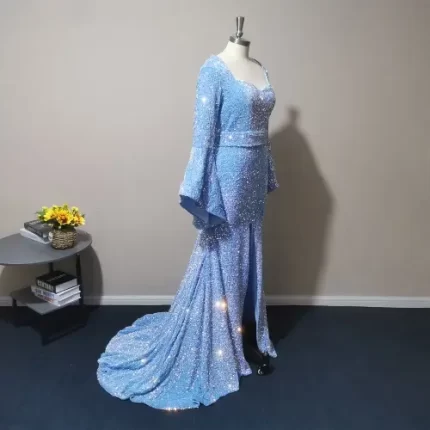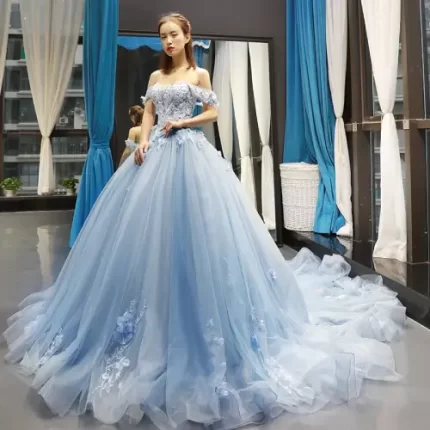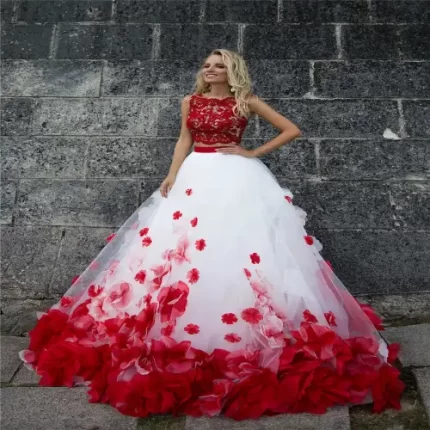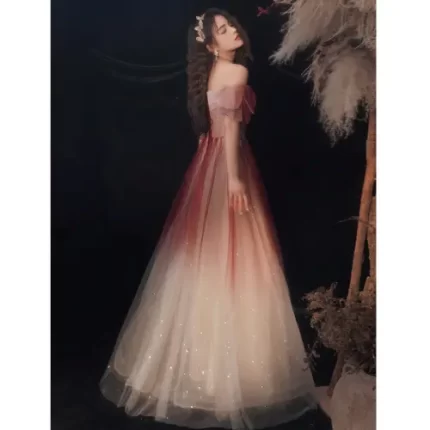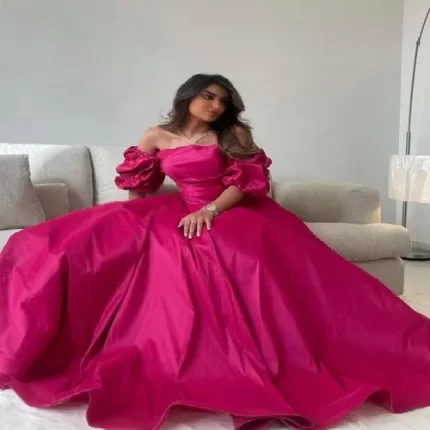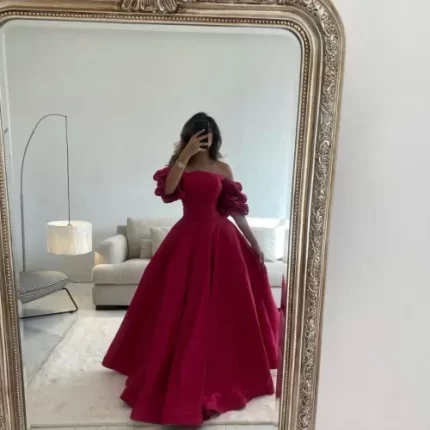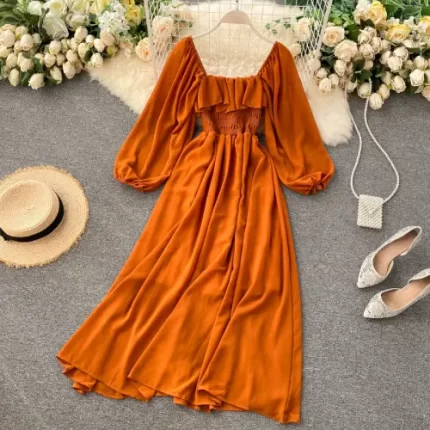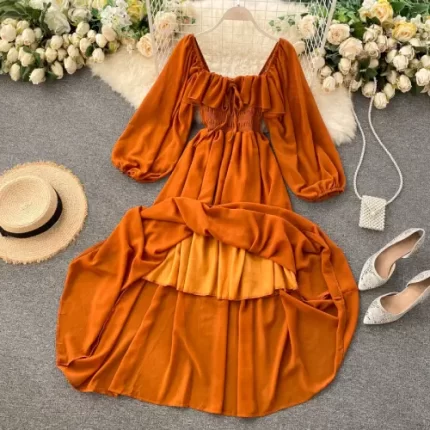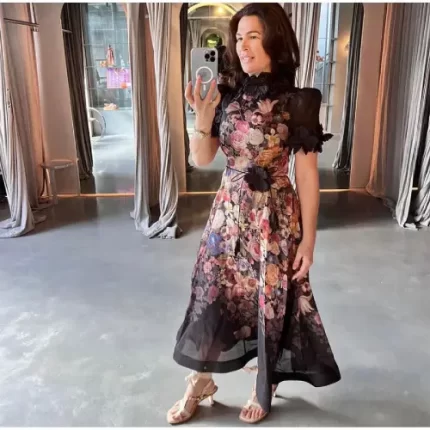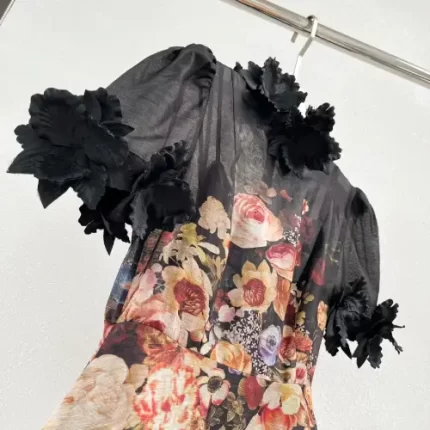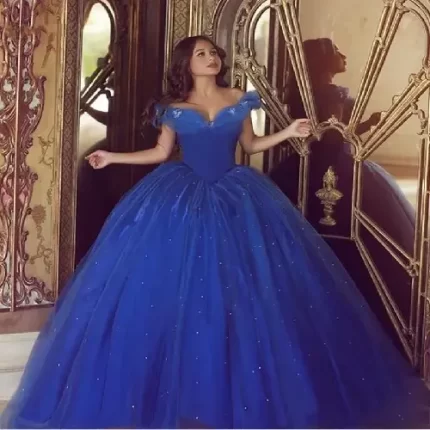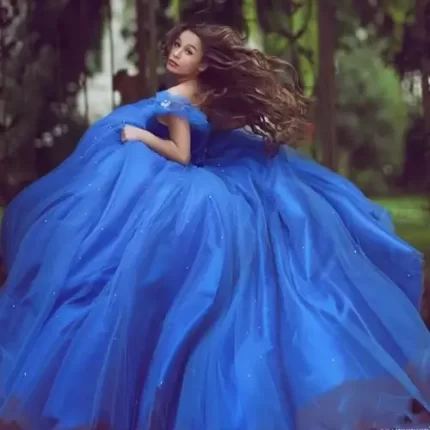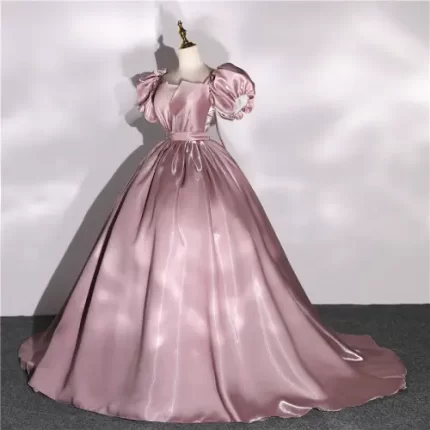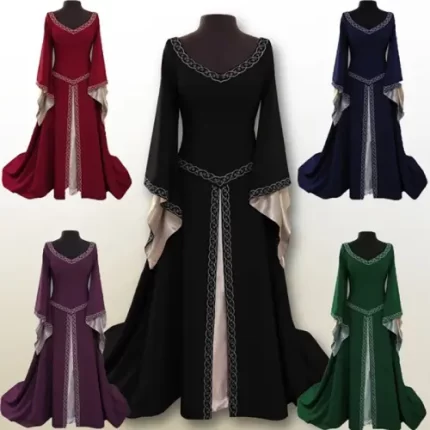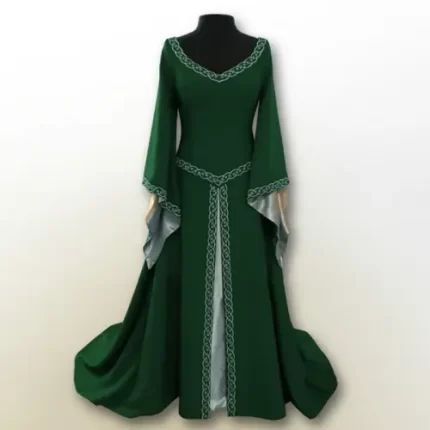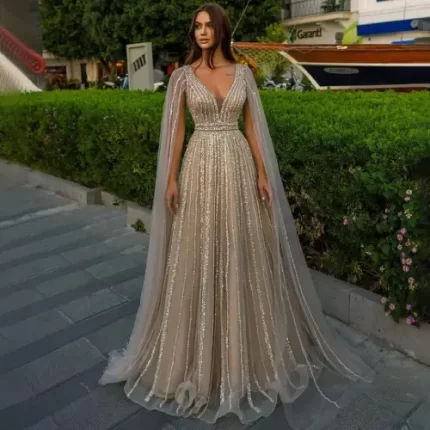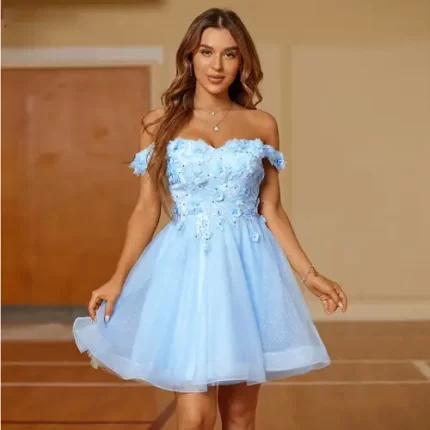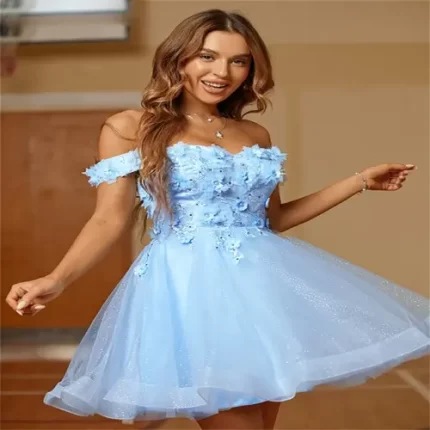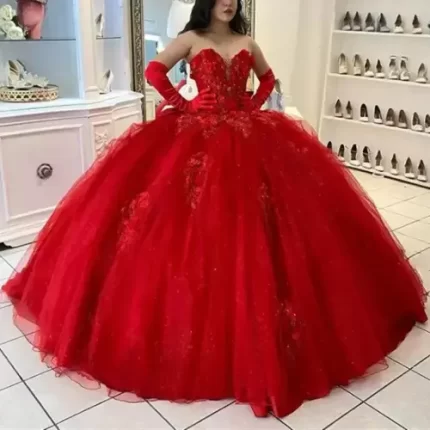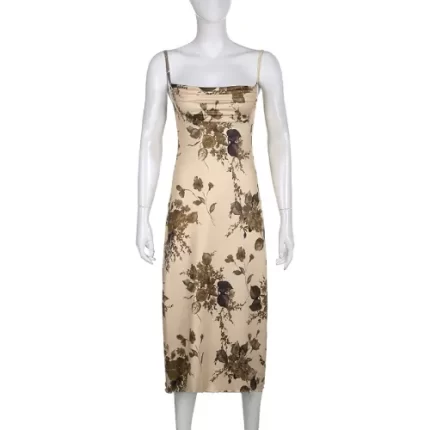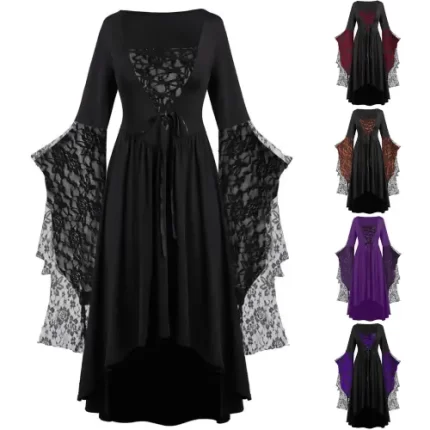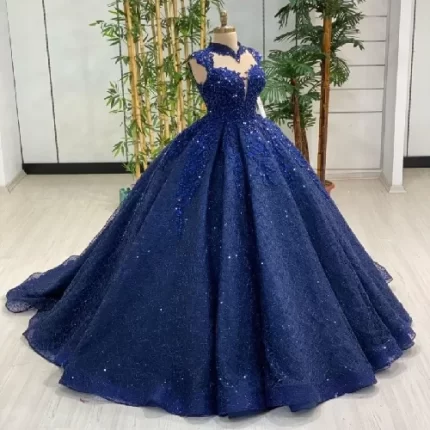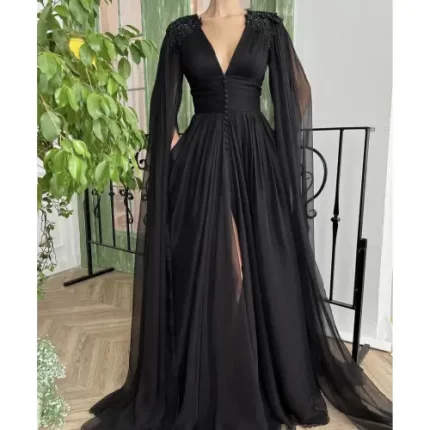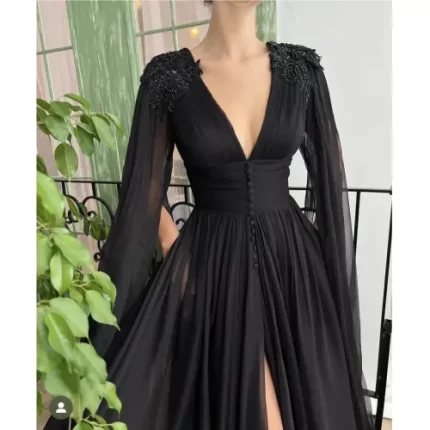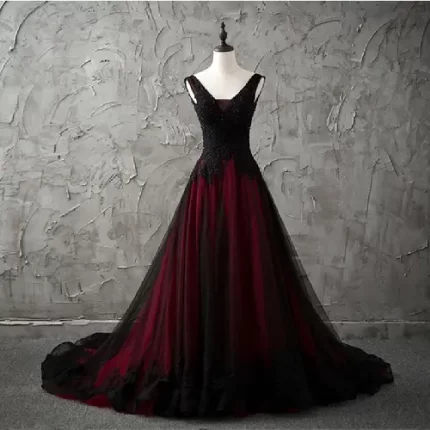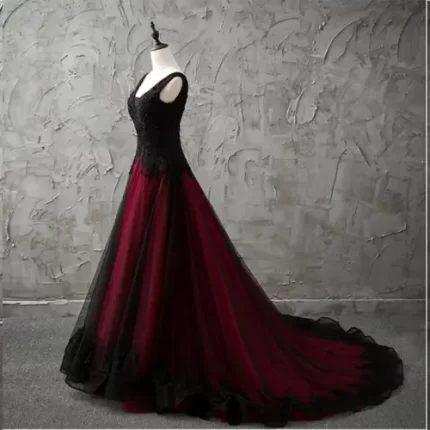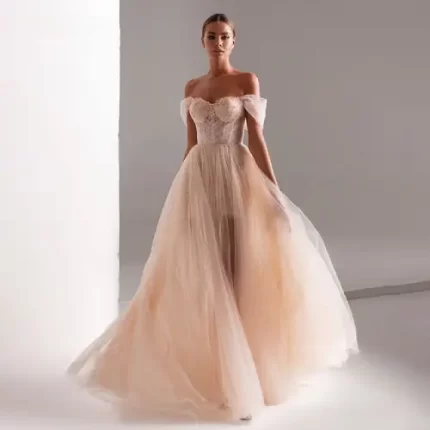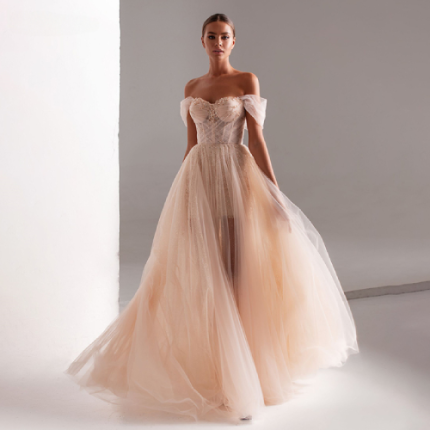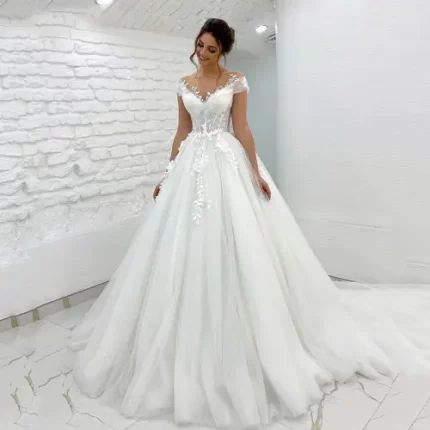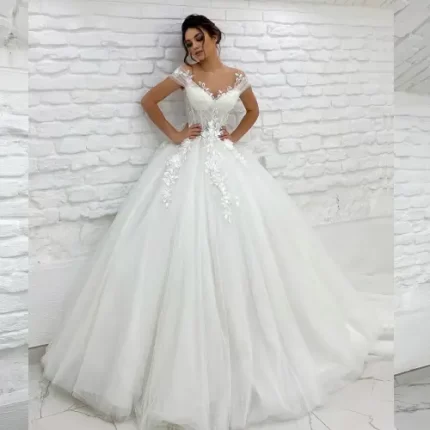BALL GOWNS
Applique Quinceanera Dress Elegant V-neck Party Prom Ball Gown Green
Appliques Beading Off Shoulder Prom Party Ball Gowns Evening Dresses
Baby Pink Multilayer Prom Dress | Princess Evening Dresses
Ball Gown Quinceanera Dresses Green Lace | Strapless Evening Dress
Black Glitter Wedding Dresses | Prom Dresses | Sweetheart Party Dresses
Blue Ball Gown Evening Dress Sweet Tulle Sweep Train Prom Dress
Blue Bling Long Evening Dress | Flared Sleeves Front Slit Mermaid Formal Gowns
Blue Quinceanera Dresses Off The Shoulder Princess Prom Dress Lace Appliques Ball Gown
Bohemian Flower White Red Lace Tank Wedding Dresses Two Piece Beach Wedding Dresses
Burgundy Toast Dress Bride New Wedding Dress | Evening Dress
Cathy Elegant Rose Pink A-line Prom Dress | Sexy Puffy Sleeve Party Dress
Charro Quinceanera Dresses Ball Gown | Sweetheart Ruffles Appliques
Chic Elegant Square Collar Maxi Dress | Women Solid Chiffon Puff Sleeve Dresses
Chic Short Sleeve Flower Printed Dress For Women Lace Up High Waisted A-line Long Dresses
Cinderella Royal Blue Quinceanera Dresses Ball Gown Off The Shoulder Puffy Tulle Beaded Party Dress
Classic Satin Quinceanera Dresses Puff Sleeve | V-neck Ball Gown | Simple Party Dress
Cosplay Medieval Dress | Robe Vintage Princess Adults Party Evening Gown
Custom Made Nude Arabic Luxury Cape Sleeves Evening Dresses
Cute Baby Blue Short Prom Dresses | Chic Flowers Appliques Tulle A Line Women Dresses
BEST SELLING
Sexy Ball Gown Quinceanera Dresses | Tulle Formal Cinderella Birthday
Charro Quinceanera Dresses Ball Gown | Sweetheart Ruffles Appliques
Vintage Fairycore Grunge Floral Print Maxi Dress | Backless Straps Fashion Elegant Outfits Party Dress
Gothic Halloween Dresses | Women Vintage Witch Vampire Dresses | Long Sleeve Party Dresses
Gorgeous Lace Formal Evening Dresses | Navy Blue Princess Ball Gown
LSYX Black Beaded Chiffon Floor length Evening Party Dress V Neck Applique High Waist Prom Gown
Gothic V-Neck Sleeveless Black and Red Wedding Dress
Luxury Long Evening Gala Dress Elegant Ball Gown
Off Shoulder Lace Applique Ladies Sleeveless Boho Bridal Gowns
Burgundy Toast Dress Bride New Wedding Dress | Evening Dress
Ball Gowns:
Ball gowns are elegant, sophisticated dresses for special events such as proms, weddings, and galas. Their long and fascinating history dates back to the 16th century. Ball gowns have always been considered a symbol of wealth, sophistication, and beauty. Ball gowns are made from luxurious fabrics like silk, satin, and chiffon. They are often adorned with intricate beading, lace, and embroidery, making them stunning works of art. The most traditional ball gowns are floor-length with full skirts that are puffed out with layers of tulle or crinoline. This gives the dress a dramatic, romantic look perfect for grand ballroom events.
One of the most iconic ball gowns in history is the one worn by Cinderella in the classic fairy tale. This gown was made from a gorgeous blue fabric adorned with sparkling crystals. It had a full skirt and a bodice cinched at the waist, creating a stunning hourglass silhouette. Today, many ball gowns are inspired by this classic design, incorporating similar features such as sweetheart necklines, cinched waists, and full skirts.
In addition to traditional ball gowns, many modern variations cater to a more contemporary aesthetic. For example, ball gowns are designed to be more form-fitting and have a more streamlined silhouette. These gowns often feature intricate beading and lace detailing, but they are cut to hug the body more closely, creating a more modern and edgy look.
Regardless of the design, ball gowns are always popular for special events. They are perfect for proms, providing a sophisticated and elegant look for this special occasion. They are also a popular choice for brides, as they offer a stunning and romantic look that is perfect for a wedding.
In conclusion, ball gowns are gorgeous and elegant clothing with a rich and fascinating history. They are perfect for special events such as proms, weddings, and galas and look sophisticated and stunning. Whether you prefer a traditional ball gown with a full skirt or a more modern variation with a form-fitting silhouette, there is a ball gown for everyone.
What Does Ball Gowns Mean?
Ball gowns are a type of formal dress traditionally worn to events such as proms, galas, and weddings. They are characterized by their long, flowing skirts, which often reach the floor, and elegant and sophisticated designs. Ball gowns are made from luxurious fabrics such as silk, satin, or chiffon and are often embellished with intricate beading, lace, and embroidery. The history of ball gowns dates back to the 16th century when they were worn by royalty and the aristocracy to symbolize their wealth and status. Over time, ball gowns have become an essential part of formal wear and are now a popular choice for special events.
Ball gowns are designed to be eye-catching and dramatic, often chosen for their ability to create an hourglass silhouette. This is achieved through cinched waists, sweetheart necklines, and full skirts with layers of tulle or crinoline. Ball gowns modern variations are designed to cater to a more contemporary aesthetic. For example, some ball gowns are more form-fitting, featuring streamlined silhouettes, intricate beading, and lace detailing. Regardless of the design, ball gowns are always popular for special events, as they provide a sophisticated and elegant look that is perfect for these occasions. Whether you prefer a traditional ball gown with a full skirt or a more modern variation with a form-fitting silhouette, there is a ball gown for everyone.
Layers of A Ball Gowns:
A ball gown typically consists of several layers, each of which adds to the overall beauty and sophistication of the dress. The following are some of the standard layers found in a ball gown:
1. Underlayer: The first layer of a ball gown is typically a lightweight and breathable fabric worn against the skin. This layer is usually made of silk, satin, or a similar soft and luxurious material, providing a smooth and comfortable base for the rest of the dress.
2. Skirt Lining: The next layer is the skirt lining, usually stiff and sturdy fabric such as taffeta or organza. This layer provides structure to the skirt and helps to create a complete and dramatic shape.
3. Tulle or Crinoline: The third layer is typically made of tulle or crinoline, a stiff, lightweight material used to puff out the dress skirt. This layer is essential in creating a ball gown’s complete and dramatic look.
4. Overlayer: The final layer of a ball gown is the overlayer, typically made of luxurious and eye-catching fabric such as silk, satin, or chiffon. This layer is often embellished with intricate work, such as beading, lace, or embroidery, which enhances the beauty of the dress.
In conclusion, a ball gown is a complex garment made up of several layers, each of which contributes to the overall look and feel of the dress. From the lightweight and breathable underlayer to the luxurious and eye-catching overlayer, each layer works together to create a stunning and sophisticated ball gown.
Parts of a Ball Gown:
A ball gown typically consists of several essential parts:
• Bodice: The upper part of the dress covers the torso and is usually fitted to the body.
• Skirt: The skirt is the lower part of the dress that flares from the waist and typically features a full or a-line silhouette.
• Straps or sleeves: Ball gowns can have straps or sleeves that are either cap sleeves, spaghetti straps, or off-the-shoulder styles.
• Train: A train extends the skirt that trails behind the wearer. The train can range from a small sweep to a full, dramatic size, depending on the length.
• Embellishments: Ball gowns can feature a variety of embellishments such as beading, lace, embroidery, and sequins to add visual interest and detail.
• Undergarments: A ball gown may require specific undergarments, such as a corset, a dress, or shapewear, to provide a smooth silhouette and support.
• Closure: Ball gowns may have a variety of closures, such as a zipper, buttons, or a corset-style lace-up back.
What is the Difference Between Ball Gowns and Evening Gowns?
Ball gowns and evening gowns are both types of formal dresses, but they differ in design and the appropriate occasions.
A ball gown is a complete and dramatic dress, often with a voluminous skirt supported by layers of petticoats. Ball gowns are usually made of luxurious fabrics such as silk, taffeta, or satin, and they often feature intricate embellishments such as embroidery, beading, or lace. Ball gowns are typically worn to formal events such as royal balls, black-tie galas, or traditional dances.
On the other hand, an evening gown is typically a more streamlined and elegant, less voluminous dress than a ball gown. Evening gowns are often made of lighter fabrics such as chiffon, organza, or silk, and they may feature a slit or other design elements that make them easier to move in. They are generally worn to formal events such as dinner parties, awards ceremonies, or upscale events. In summary, while both ball gowns and evening gowns are formal attire, ball gowns are more elaborate and designed for the most formal occasions. In contrast, evening gowns are more understated and appropriate for a broader range of formal events.
Can I wear a Ball Gown to a Wedding?
Yes, you can wear a ball gown at a wedding as long as the dress code allows for formal attire. However, it’s important to consider the style and formality of the wedding and the ball gown itself, as well as the time and location of the event, to determine if it is appropriate. A ball gown might not be the best choice if the wedding is a more casual or outdoor event. It’s always best to check with the couple getting married or their wedding planner if you need clarification on the dress code.
